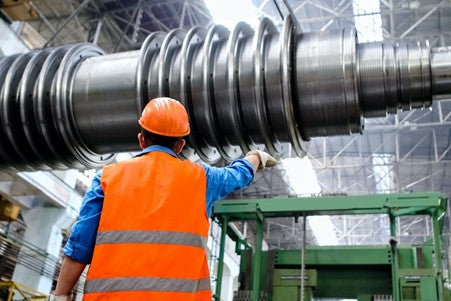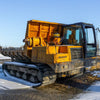How to Know If Your Workwear Is Fit for Purpose

With research indicating that around 60% of businesses operating in hazardous environments could be using protective clothing unfit for purpose when kitting out their employees, it’s more vital than ever to emphasise the importance of appropriate PPE for preventing accidents and injuries.
Here are some of the ways you can identify whether your company is meeting legislation requirements when it comes to creating a safe environment for employees to work in.
Why do I need to order industry specific workwear?
Much will depend on which industry you are operating in of course, although as a general rule, you will want to ensure any clothing worn by staff is safe, durable, and comfortable, so that they can carry out potentially hazardous tasks without worrying about injury.
Specific workwear is needed when carrying out many manual or heavy labour tasks, particularly when working with chemicals in a laboratory, operating heavy-duty machinery in engineering, or where there is a possibility for contamination of clothing such as in a restaurant kitchen.
How do I know if our current workwear and PPE is compliant?
Buying products that are CE Mark-approved and keeping up to date with any changes to the UK’s Personal Protective Equipment Regulations 2002 will help you remain compliant.
When assessing your current uniforms and PPE for staff, you should also consider the following:
- Whether staff need sealed pockets or pocketless workwear
- If workers need to be seen in high-vis jackets or trousers at night for maximum protection
- Thermal layering to protect from wet and cold weather such as staff in the construction industry
- Waterproof uniforms for working on a farm or engineering site
- Wind-resistant or storm collars needed for working at heights
Being comfortable can be as vital as protection from dangerous elements
Uniform that is as flexible in terms of movement can be as important as ensuring workwear is made from materials that are heat or chemical resistant when it comes to safety.
When ordering compliant PPE, you will need to think about the context the clothing will be worn in.
For example, purchasing eye-protection designed for laboratory purposes will not be as comfortable or as suitable as protective glasses needed in the construction industry.
Make sure that all clothing and PPE can be adjusted to fit the wearer correctly in terms of size and overall fit, and that the workwear considers the length of time it takes to complete tasks, as well as the physical effort required.





